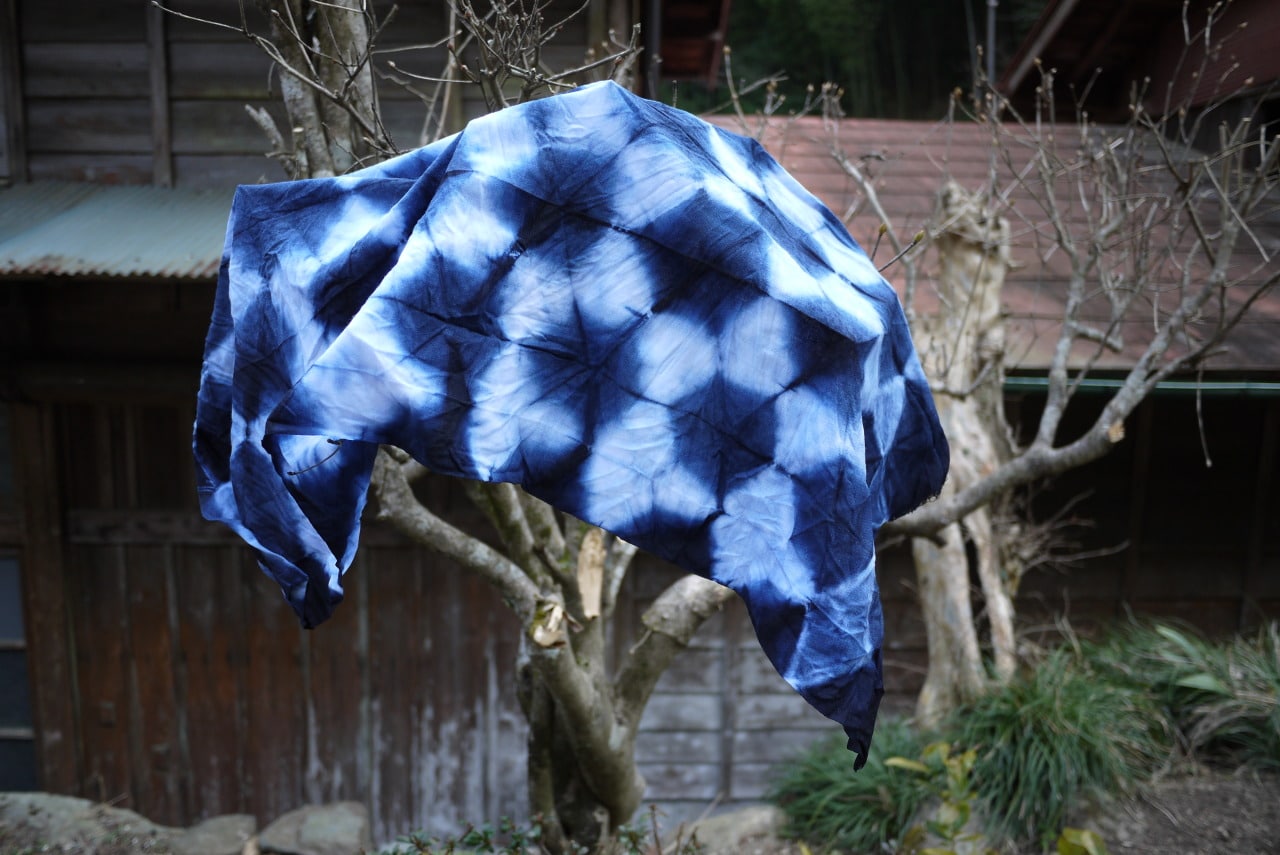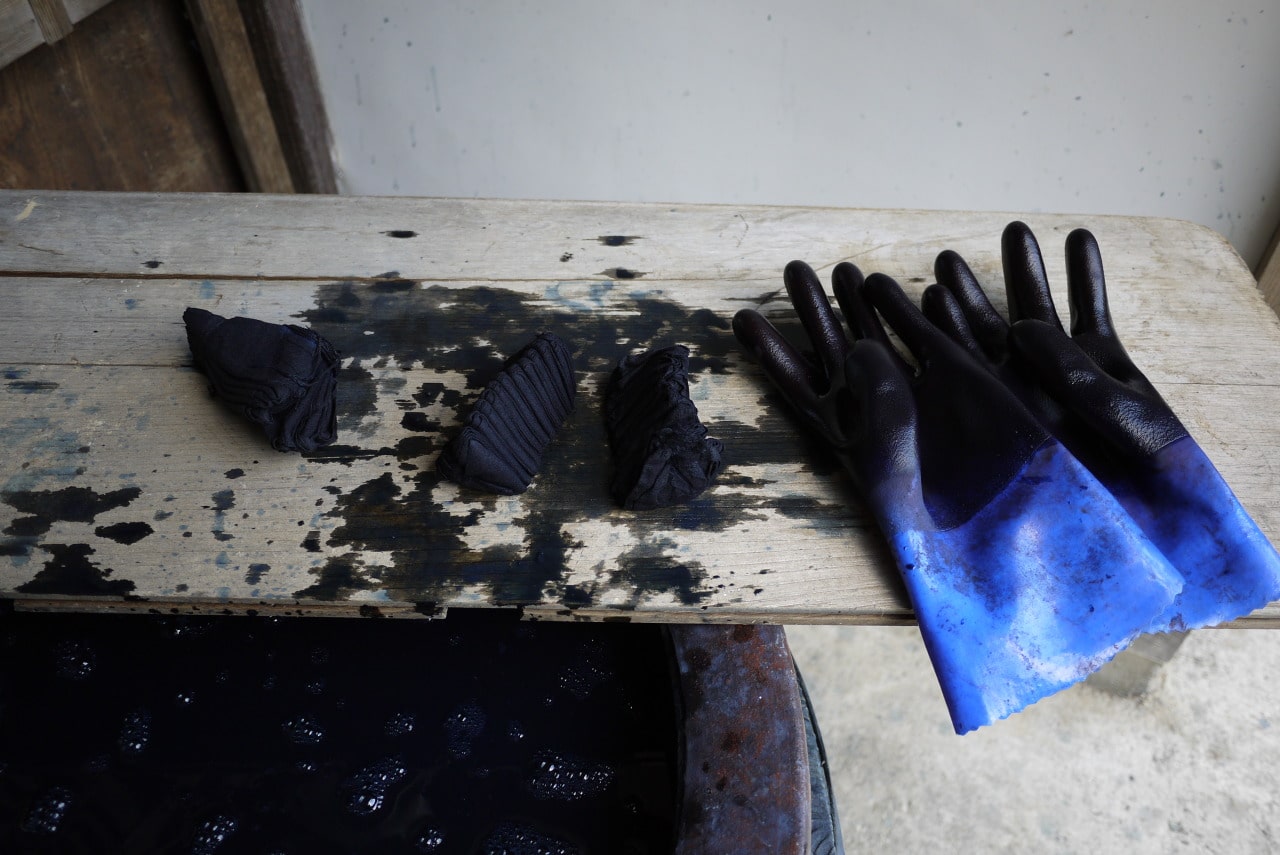#gallery-1 {
margin: auto;
}
#gallery-1 .gallery-item {
float: left;
margin-top: 10px;
text-align: center;
width: 100%;
}
#gallery-1 img {
border: 2px solid #cfcfcf;
}
#gallery-1 .gallery-caption {
margin-left: 0;
}
/* see gallery_shortcode() in wp-includes/media.php */
CRAFT: Shibori
Whilst communities around the world are encouraged to spend more time behind closed doors, slowing down and staying in has allowed home-based crafts to flourish. So now that you’ve grown your own tomatoes and learnt to bake bread, why not add one of Japan’s ancient folk-crafts to your list of lockdown accomplishments?
Japan is a hotbed for mindful hand-crafts, most of which take years of dedicated practice to master. There are however a handful which, with a little patience, can be easily self-taught, at home. The third in our series highlighting Japanese crafts to try your hand at, we take a look at shibori – the ancient art of Japanese tie-dye.

Shibori is a traditional Japanese resist-dying technique used to create an infinite variety of patterns on fabric, namely cotton, hemp and silk. Following a number of tried-and-tested methods, natural fabrics are folded, bound, stitched and clamped before being dyed, traditionally using plant-based pigments, most commonly indigo. Working in harmony with the characteristics of the cloth, a huge variety of often staggeringly intricate patterns can be achieved, promising hours, if not days, weeks and years of happy experimenting.
So how to get started? To become a shibori master of course takes years of devoted practice, but the basic techniques can be easily learnt with a few tools, some creative flair and a little bit of patience. Firstly, get hold of your materials. It’s recommended that you stick with tradition and opt for a length of natural cloth to begin you shibori experiments – plain white cotton or a length of midweight silk are the easiest fabrics to work with. Next, pick up some plain thread, a sturdy needle, an old bucket, some rubber gloves and, if you’re able, a natural indigo dye kit. These can be easily sourced online, for example on Etsy, but if you’re struggling, then any regular home-dye will work just as well whilst you’re learning the ropes.
Next, decide on the basic pattern you’d like to achieve. Whilst there are limitless varieties and endless opportunities to inject your own creativity, following a simple technique to begin with is the best way to learn. Books such as Nicola Gouldsmith’s Shibori: The Art of Indigo Dyeing and Janice Gunner’s Shibori for Textile Artists will take you through a variety of traditional methods from kanoko shibori (tied-resist) to nui shibori (stitched-resist) and itajime shibori (clamp-resist using shaped wooden blocks). Alternatively, a quick search online will bring up a multitude of craft blogs featuring easy-to-follow instructions, introducing you to an array of DIY shibori projects.
Finally – take the plunge! There’s no better way to learn than to get stuck in, elbow-deep in a bucket of indigo.
Images: Alex Rebbeck



